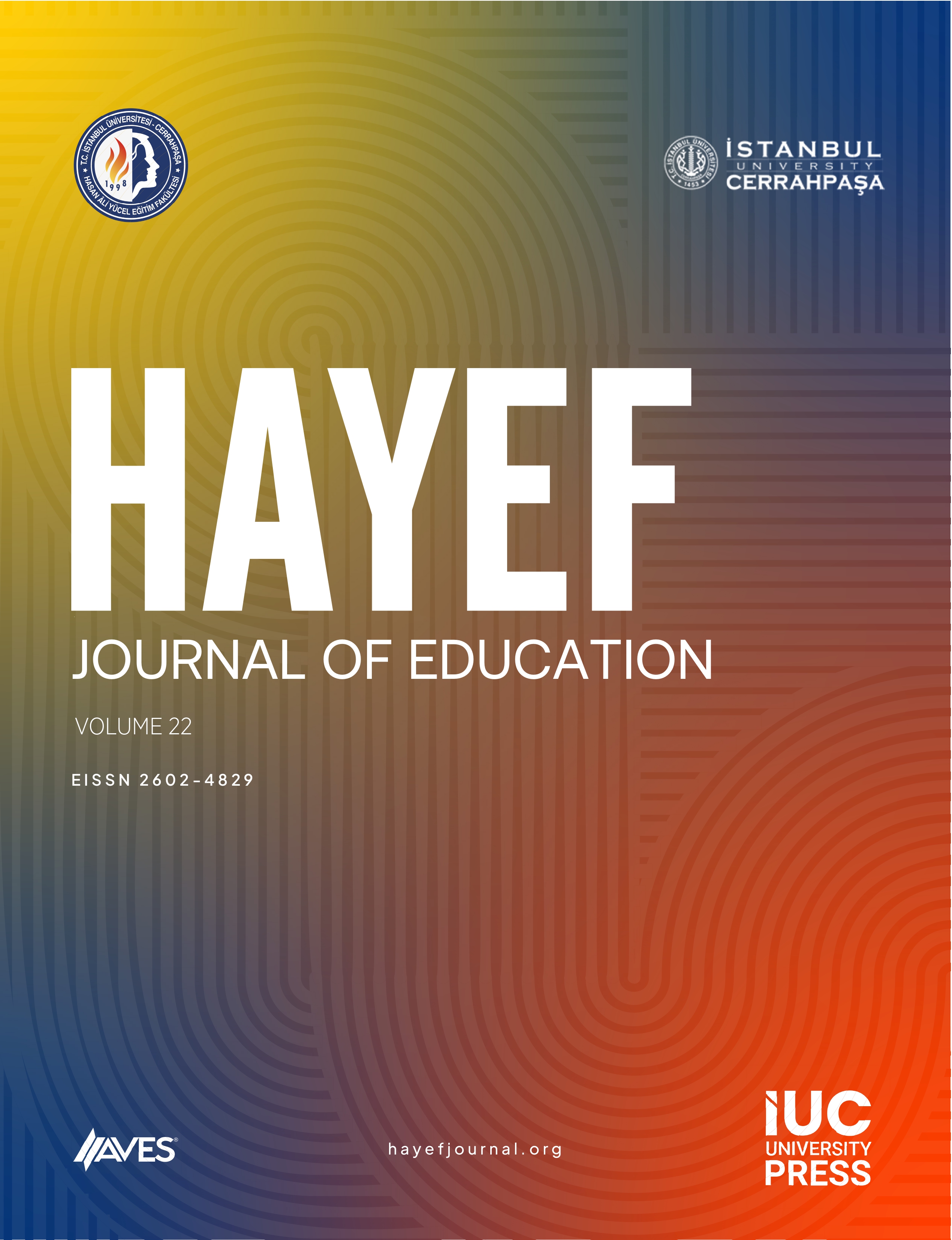This research is largely inspired by the belief that, teachers' attitudes toward "teaching how to learn mathematics " have an important role in teaching mathematics. Research methodology comprises the application of a four-factored "Attitude Scale Regarding the Teaching of Mathematics Learning" involving 32 items and a demographic form to 40 mathematics and 38 classroom teachers and 33 prospective mathematics and 32 prospective classroom teachers. Both the scale and the demographic form were developed by Gülten and Derelioglu (2006). Oneway variance analysis (ANOVA) was used in order to determine if there is subject-specific variation with respect to certain sub-factors such as " the role of the teacher", "active learning", "teaching how to learn", "evaluation. Independent group t test was used to test gender variation and Pearson correlation coefficient technique was used to examine variation with respect to age. Analysis of the data revealed that the attitude scale scores of mathematics teachers was significantly higher than the mathematics and classroom candidate teachers. It has been found that teachers' and teacher candidates' scale points increased with increasing age, except for the "Learning Assessment' sub-scale. It has also been found that scale points of males were significantly higher than females, except for "Teaching of Learning" sub-scale.



